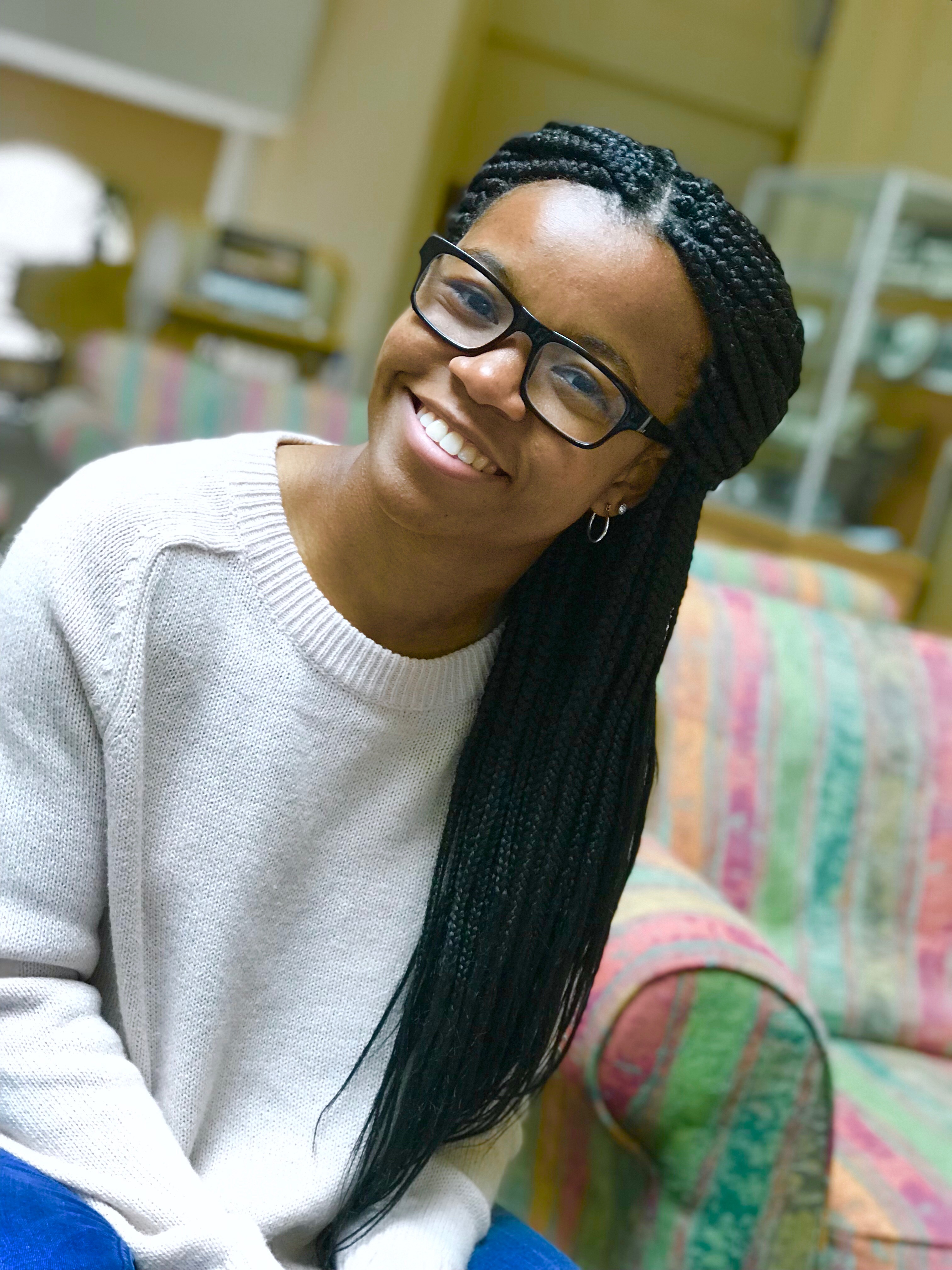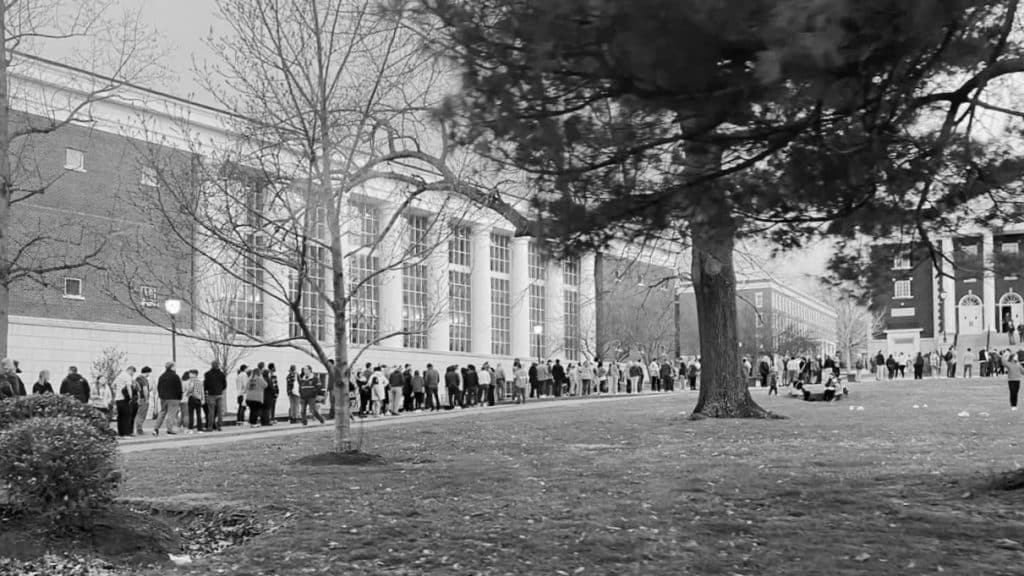LaTaya Winn, a sophomore at Asbury University, is used to being one of the only black women in a classroom.
Yet her prior experiences in this area do not make it any easier, even as a social psychology major who is familiar with being a part of discussions concerning race and its effects.
“We were talking about the definition of racism and a study that was done after Martin Luther King Jr.’s death,” said Winn.
The study during which Jane Elliott’s Brown Eyes, Blues experiment where “the teacher made up things that made the blues eye kids feel more superior than the brown-eyed children,” said Winn.
The pressure to speak up overwhelmed her. Her classmates’ eyes burned holes into her melanin as they attempted to inconspicuously peek glances at her.
“I really felt like people were watching me. Like they wanted to see if I was bothered by it,” said Winn. “I know most of them were wondering if I was going to say something after the video was over.”
At that moment Winn knew that if she didn’t say just the right thing or if her tone suggested too much frustration, her words and voice would be disregarded. Speaking up would also mean that her voice alone would be used to represent all black people.
However, if she were not to speak up, she would still have to deal with feelings of guilt as if she had failed all black people and neglected an opportunity to educate and correct racist beliefs.
In the end, she chose to stay quiet. Not because she didn’t care about race relations, but because she knew that it is not her sole responsibility to speak on behalf of all black people and to constantly be a teacher to the ignorant.
Meanwhile, her fellow students had no idea of the internal struggle Winn underwent because they were too busy being students. Winn not only feels the pressure of being a student but is also continually morphing into varying versions of herself to be more palatable to those who do not understand her culture. Often unconsciously and sometimes consciously she morphs from student to teacher or both.
“W.E.B. Du Bois coined the concept of ‘double consciousness,’ whereby black people are essentially forced to have two identities and pressured to view themselves as they’re perceived by their non-black peers,” said Adrienne Green in an Atlantic article.
“That psychology can create a unique circumstance for black students today — a psychology some researchers argue may even lead to mental-health problems that go unnoticed.”
It is for this reason that Asbury’s Black Student Alliance (BSA) was formed in 2009. One of the primary founders was Ciara LeRoy, a 2011 graduate who had navigated private white institutions for most her life. However, upon coming to college, she had a cultural awakening. She recognized that “engaging with folks who are different from you is extremely edifying and important,” but at the same time realized “a lot of students and professors simply didn’t have enough experiences with people of color.”
“I had a number of experiences with peers and occasionally professors making ignorant and micro-aggressive comments of a racial nature,” said LeRoy. “The hardest part was that I didn’t have a whole lot of people to confide in, who truly understood my experience.”
Thus the creation of BSA allowed for black students “to have a space where you can just exist freely as yourself,” said Leroy. “A space where the people there understand your skin, your hair, your food, your cultural dynamics.”
Now ten years later BSA is thriving and celebrating its tenth anniversary. BSA provides its black students with not only emotional support, but pushes its students to grow their leadership capabilities. Maria Brown, coordinator for Asbury’s intercultural student groups, said, “I have seen BSA gather passionate and committed leaders, plan relevant and engaging campus activities, and represent themselves on and off campus.”
According to self-reported statistics found on Asbury’s website, in 2016 3.3% of Asbury students considered themselves to be black or African American, meaning there were approximately 54 black students on campus in total. While this is a meager number with proper context, it demonstrates a significant increase in black students; a few years ago one would be able to count the number on their hands.
Regardless, even with an increase in minority students, Asbury students are still likely to be the “only” in a classroom. This means that minority students often become teachers of everything related to their culture and race relations.
“Many U.S. students of color must make an effort to have college institutions be responsible in meeting their cultural needs, including addressing acts of discrimination,” said Donna Bourassa in a paper titled “How White Students and Students of Color Organize and Interact on Campus.”
“This often requires students of color to be involved in campus activism that is above and beyond their academic demands,” Bourassa wrote.
Marquis Harris, a 2003 Asbury graduate, experienced this pressure to pave a path for cultural responsibility on Asbury’s campus. He did this through serving as the Executive Cabinet’s first African American Vice President of Student Governance and Student Body President.
“As I recall, the Anointed Class (03’) had just eight black students out of a little over 300, and outside of my class, there were literally a handful of other blacks, non-Africans. I recall seeing an even smaller number of Hispanics, bi-racial students and members of other non-white ethnic groups,” said Harris. “I sadly even remember witnessing a couple of them leave Asbury specifically because they did not feel welcomed because of their ethnicity.”
As a result, Harris was “concerned about the ethnic make-up of Asbury, its lack of diversity” and “wanted the issue to be given a louder voice,” which he fought for during his presidency.
However, his endeavors were met with resistance.
“One year someone was sending hate mail to a number of the black students … Anytime the words multicultural or multiculturalism came up on the campus, there were a few faculty members who became almost irate in opposition,” said Harris. “So much so that I eventually changed the name of the Multicultural Awareness Committee to the Intercultural Awareness Committee on SGA.”
When asked if he thought there was a pressure to be involved in campus activism, junior Demarion Johnson, former BSA secretary and current VP of Student Governance said, “I do. Because of the ignorant ideologies of what a black person is supposed to be like and not fitting into those ideologies … I feel like it’s an unspoken role that I must let people know that there’s more than the stereotypes.”
There is an added level of activism that students of color feel obligated to adhere to because there’s a sense that if they don’t then no one else will.
While Winn recognizes and acknowledges her experiences of racial insensitivity and is sure that there are more to come, she said that by simply being at Asbury in “some form or fashion I can make way for black students to come to Asbury.”
Asbury celebrates BSA’s tenth year of existence as it continues to provide support for its black students amidst these moments; it was through BSA that Winn was able to share her feelings of doubt and be encouraged and supported in her decision to remain quiet during that classroom discussion.
It is encouraging to know that at the end of the day there will always be a space where, to quote Leroy, “they see you, hear you and are actively making room and holding space for you to thrive as you are.”









